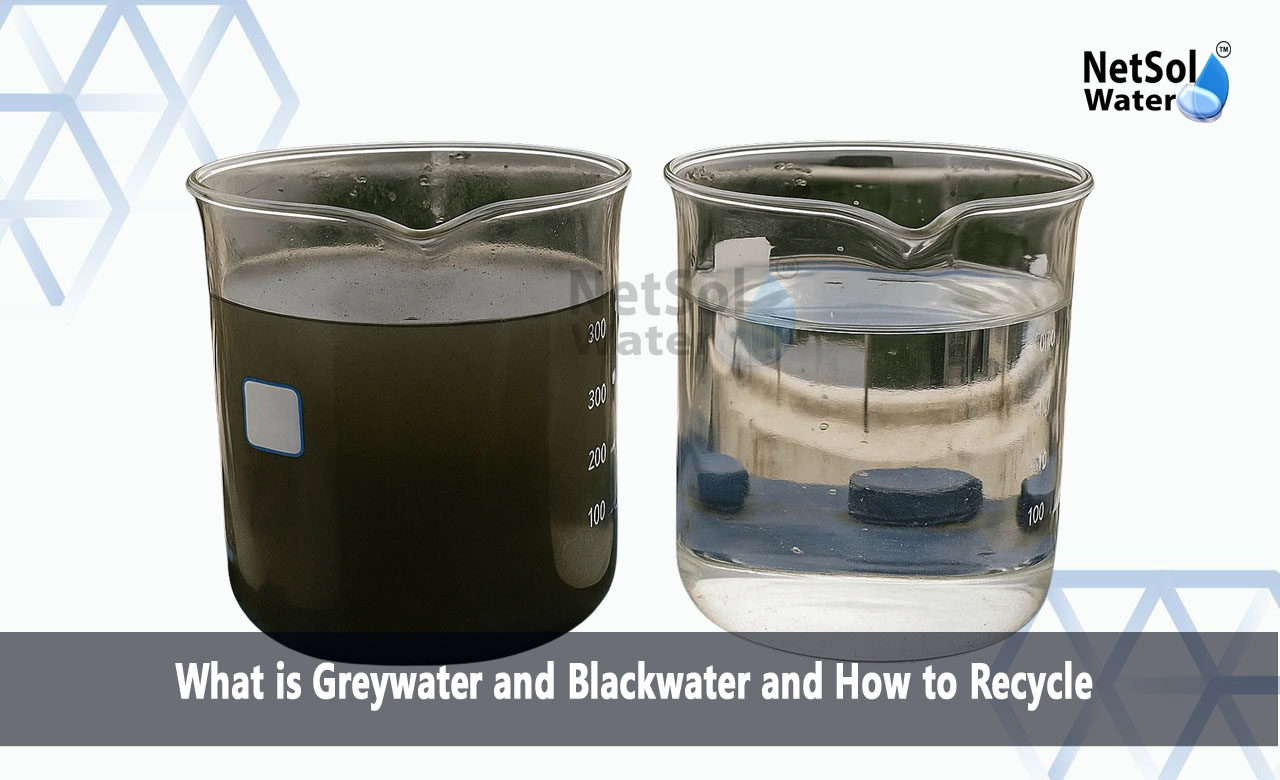What is Greywater and Blackwater?
Greywater & Blackwater Recycling offers a clear path to cutting water use on a corporate campus. Fresh water runs low as climate stress grows. Each campus must find smart ways to stretch its supply. Recycling water lets every drop play more roles. It can meet strict limits on discharge and use. It can also help curb costs for fresh water delivery. A well run system can lift a firm’s image for green work and for smart planning.
Clarifying Wastewater Types
Understanding each flow matters first. A campus holds two main streams in its drains. Each stream needs its own plan for cleanup and for use.
Greywater Streams
Greywater comes from showers and from wash basins in most buildings. It carries dirt from hands and from hair. It holds few solids that can block lines. It also lacks disease agents that live in sewage. You can sort this flow into a tank or basin. This step keeps it apart from stronger waste. You can then run simple filters and tanks to clean it. Once you meet set water quality steps you can send this flow to landscape irrigation or to flush toilets.
Blackwater Streams
Blackwater comes from toilets and from kitchen waste outlets. It holds solids and it carries high loads of bacteria. This stream can wear down pipes if it sits too long. You must trap solids with a screen or a tank. You must then break down organics with tank action or with microbes. You must also disinfect to remove disease agents. This thorough path makes blackwater safe enough for steps that can reuse it in limited ways.
Read: Sewage Treatment Plant Manufacturer
Recycling Processes
Greywater & Blackwater Recycling depends on methods that match each stream’s needs and goals. You must pick treatment steps that suit your site and your budget. Each piece links to a clear plan.
Treatment for Greywater
A greywater system often starts with a coarse filter to catch hair and lint. It then runs into a settling tank or a biofilm unit. Bacteria in that tank digest soap residue and fine organics. You can then pass the water through a sand bed or through a membrane. This step meets quality marks for clarity and for microbe levels. You finish with a small dose of disinfectant or with UV light. That last step makes sure no germs remain.
Treatment for Blackwater
Blackwater needs a tank that holds solids separate from water. It then moves into an anaerobic digester or a sequencing batch reactor. Bacteria in that space break down solids into simpler compounds. You then aerate the flow in a tank to cut nutrients further. This stage also feeds microbes that eat ammonia and organics. You finish with a disinfectant or with UV light to kill any left germs. The result meets high standards for safe use or for safe release to sewer lines.
Reuse Potentials
Each drop that you clean holds new chance. A campus can put treated streams to work in many roles. You can tailor each use to meet your goals on cost and on site needs.
Landscape and Green Space Use
Treated greywater can feed lawns and garden beds. It can flow through drip lines or through small spray heads. You can run this flow on a set schedule at dawn or at dusk. You can track moisture in the soil so you add just the right amount of water. This step cuts fresh water orders and it keeps greenery lush all year.
Sanitation and Washdown Use
You can send treated greywater into toilet flush lines. This step cuts water sent to sewer and it lowers water bills. You can also use treated greywater to wash hard surfaces in service yards. You install a looped network of pipes that feed hose points. A pump lifts the treated water into a small header tank then it feeds each wash point at set pressure.
Limited Blackwater Reuse
A fully treated blackwater stream can work in certain tasks. You can use it for irrigation of trees that grow far from human traffic. You can inject it into cooling towers or into boiler feed tanks. You must meet strict local rules for each task. You also need extra steps to test water quality each day. This path can free up more fresh water for drink and for food prep.
Conclusion
Corporate campuses can gain from smart water reuse in many ways. Greywater & Blackwater Recycling can cut your bills and can boost your green image. It can help meet new rules on water use and on discharge. It can make your site more resilient when supplies run low. To learn how Greywater & Blackwater Recycling can work for your campus reach out today. Our team will guide you through each step and help you build a system that fits your needs. Contact us to request a consultation and to start saving water now.
Contact Netsol Water at:
Phone: +91-9650608473, Email: enquiry@netsolwater.com



